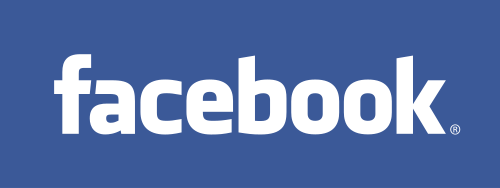Lawyers and Social Media: The Times They Are A-Changin’
 The legal community at-large was a bit more skeptical of social media than the general public, as recently as a few years ago.
The legal community at-large was a bit more skeptical of social media than the general public, as recently as a few years ago.
If you are unsure as to why this is, ask any legal professional. Social media is designed to break down divisions and privacy, which can lead to conflict when used by lawyers an d judges.
d judges.
A recent study by the National Law Journal found 40 percent of state judges polled to by users of Facebook, Twitter, or a similar social media platform. But of the same group polled, more than half believed any use of social media at their work would be a violation of ethics.
Besides this, an average law firm is nothing like a southern California Subway franchise. (@socalSubway) Law firms need to market to specific groups in order to cull clients, but will not dive into any means necessary—including social media—to get people’s attention.
Thanks to Kevin O’Keefe at LexBlog for discovering, and posting some interesting social media-related findings from the American Bar Association’s Legal Resource Center Survey.
For those who do not subscribe to this ABA survey, the results are of interest because they highlight the social media use among attorneys. More importantly, the ABA studies why lawyers use social media in the workplace, since American attorneys and judges appear to be adopting these platforms at the same rate as other Americans.
Here are is the data:
Why do lawyers maintain a presence on social networks?
Professional networking (76%)
Socializing (62%)
Client development (42%)
Career development (17%)
Case investigation (6%)What social networks do lawyers use?
LinkedIn (83%)
Facebook (68%)
Plaxo (18%)
Martindale.com Connected (4%)
LawLink (2%)
Twitter (2%)
Avvo, LegalOnRamp, and LegallyMinded (1% each)
Approximately 56 percent of lawyers personally maintain some form of an account, or moderate presence, on an online social media platform—such as Facebook, Twitter, and the others listed above.
Two years ago, only 15 percent of lawyers were on social media sites. What could have accounted for such a dramatic change?
Last March for the first time, Facebook surpassed Google for a full week as the most popular Web site on the Web.
Even Twitter, which is not yet as popular among the lawyer crowd, has amassed nearly 200 million monthly visitors as of this summer.
Some lawyers and law firms, I am sure, have joined Facebook with average curiosity among the millions of other Americans. Other lawyers and firms, however, must realize that these social media platforms contain any number of potential clients.
For decades law firms have used many different means of creatively keeping in touch with clients—newsletters, e-mails, Christmas cards, and many other paper-wasting ideas. This would all have fallen into “professional networking” category of the firm’s activities. Many firms have discovered recently most of their clients were on Facebook and or LinkedIn, and this was an easier means of communicating more news about the firm.
Let’s say you or your firm specializes in an area of federal law, and your potential client list is scattered throughout the country rather than in a specific jurisdiction area or city. Without social media to stay in touch with all those people, including people you have not yet discovered, would be a time-consuming and expensive process.
There is no way of knowing how a social media platform will trend even next month, let alone next year—just look at Myspace. But two surprises in the data, which we should perhaps expect to change over the next year or two, are the low number of Twitter and Avvo users.
As mentioned above, Twitter—like Facebook and LinkedIn—is too big of a resource to pass up for long. Avvo, which was only founded in 2006, is gaining a new popularity among lawyers because it is a cheap and easy way of getting some online presence without devoting future time to social media.
With social media (still) being so knew for lawyers, it is always interesting to hear success and horror stories from firms implementing it.
Regardless of how lawyers decide to spend their social media hours this year and the next, the legal community is certainly addressing social media—as a communication and marketing tool, it appears to be here to stay.

